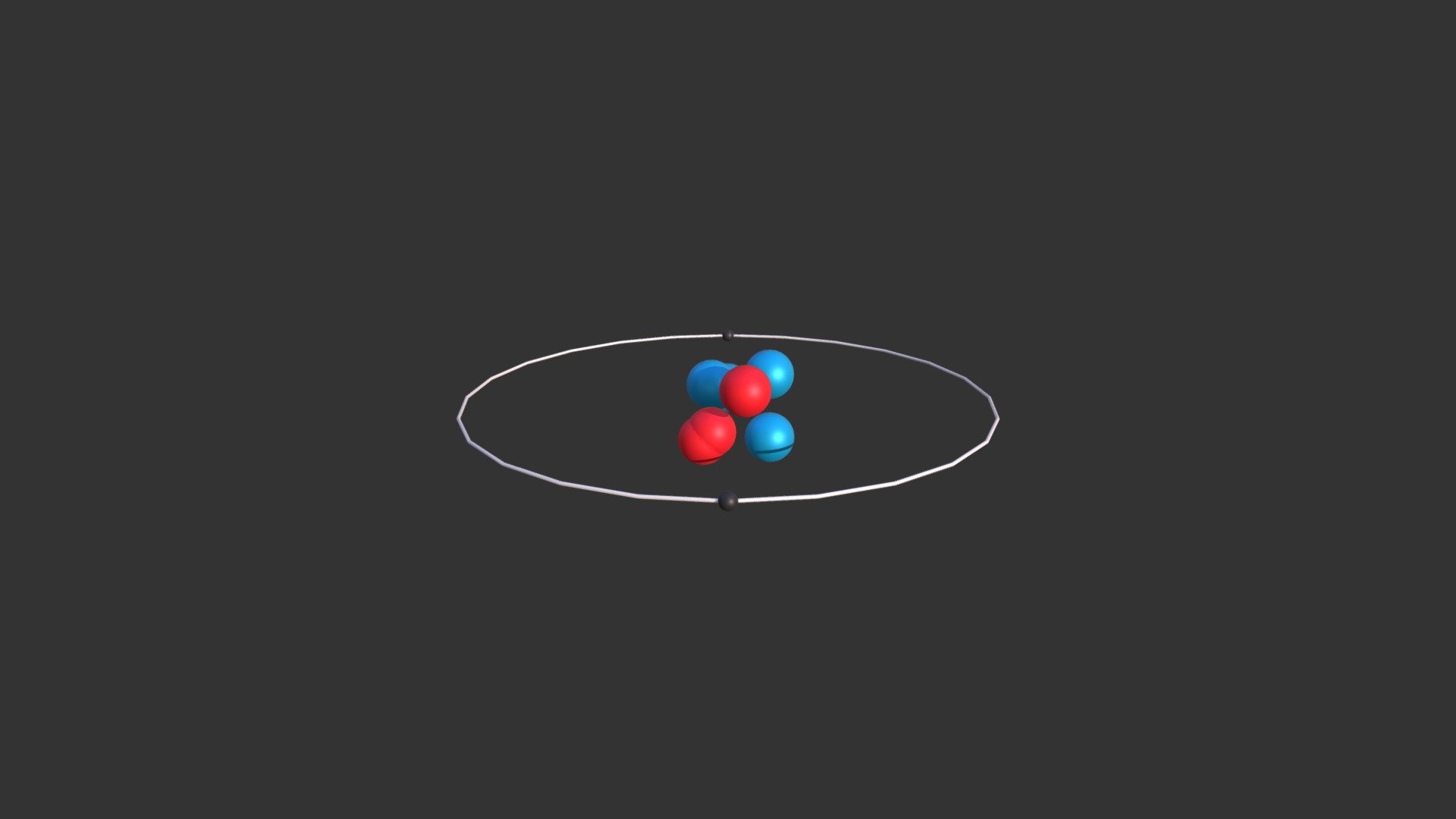
Lithium Ion
sketchfab
Lithium Ion Battery: A Revolutionary Energy Storage System The lithium-ion battery is a highly efficient and compact energy storage system that has revolutionized the way we power our devices. With its high energy density, long cycle life, and low self-discharge rate, it has become an indispensable component in modern electronics. Developed by Sony in 1991, the lithium-ion battery was initially used in portable consumer electronics such as mobile phones and laptops. However, its versatility and performance soon made it a favorite among electric vehicle manufacturers, renewable energy systems, and other industries that require high-capacity power storage solutions. The lithium-ion battery consists of three main components: the cathode, anode, and electrolyte. The cathode is typically made from lithium cobalt oxide or nickel manganese cobalt (NMC) materials, while the anode is constructed from graphite or hard carbon. The electrolyte is a liquid or gel-like substance that facilitates the flow of ions between the cathode and anode. When charged, lithium ions move through the electrolyte from the cathode to the anode, storing energy in the process. Conversely, when discharged, the lithium ions return to the cathode, releasing their stored energy. This continuous cycle allows the battery to maintain its high energy density and long lifespan. One of the key advantages of lithium-ion batteries is their ability to provide a high power-to-weight ratio. This makes them ideal for applications where weight and size are critical factors, such as electric vehicles and portable electronics. Additionally, lithium-ion batteries have a relatively low self-discharge rate, which means they can retain up to 80% of their capacity after six months of storage. Despite its numerous benefits, the lithium-ion battery is not without its limitations. The high cost of materials, manufacturing complexity, and potential safety concerns have raised concerns among consumers and manufacturers alike. However, ongoing research and development efforts are aimed at addressing these issues and improving the overall performance and sustainability of lithium-ion batteries. As technology continues to advance, the demand for lithium-ion batteries is expected to grow exponentially. With its unique combination of high energy density, long cycle life, and low self-discharge rate, it is no wonder that the lithium-ion battery has become a cornerstone of modern energy storage systems.
With this file you will be able to print Lithium Ion with your 3D printer. Click on the button and save the file on your computer to work, edit or customize your design. You can also find more 3D designs for printers on Lithium Ion.
